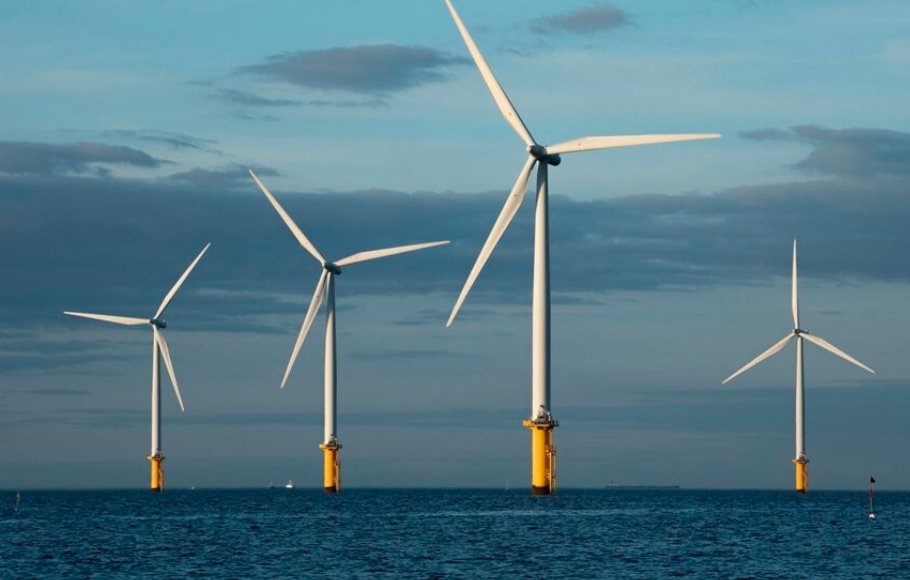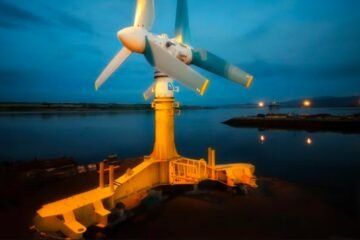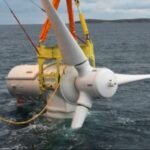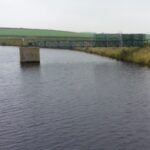Scotland’s future offshore wind landscape is up for debate—and everyone’s invited to the table. The Scottish Government has kicked off a public consultation on its updated Sectoral Marine Plan for Offshore Wind Energy (SMP-OWE), with proposals designed to balance energy ambitions with local environments and communities.
It’s not just another bureaucratic document—this plan will shape where, how, and how much offshore wind power Scotland builds in the coming years.
A new blueprint with old lessons
The 2025 draft plan builds on the 2020 version, but this isn’t a quick refresh. It’s a much deeper rethink of how offshore wind should expand across Scotland’s coastal waters.
Marine consultancy firm ABPmer, which also worked on the 2020 plan, has again been tapped by the Offshore Wind Directorate. Their role? To assess the environmental and socio-economic impact of offshore wind zones before leases are handed out.
One-liner: The draft doesn’t just look at turbines—it maps out how wind development fits with fishing boats, seabirds, shipping lanes, and island life.
ABPmer’s early involvement signals a more integrated approach, aiming to prevent future conflicts by thinking holistically from day one.

What’s actually in the draft?
The revised SMP-OWE provides a planning framework for two key leasing rounds: ScotWind and INTOG. It also opens the door to test zones and demonstration-scale developments.
It’s not just about where turbines go—it’s about how those decisions are made.
Here are a few highlights from the proposed changes:
-
Heavier reliance on scientific evidence and up-to-date ecological data
-
Better recognition of local community perspectives, including coastal and island populations
-
Clearer identification of opportunities and constraints from a social, economic, and environmental standpoint
-
Consideration of non-energy maritime activity such as commercial fishing and marine tourism
One short sentence: This isn’t just policy—it’s trying to be proactive planning.
Who’s weighing in, and why it matters
Anyone can comment on the draft. That includes environmental NGOs, fisheries groups, industry leaders, and regular citizens—especially those from island and coastal communities.
The stakes are real.
Scotland wants to triple its offshore wind capacity in the next decade, a shift that could bring both big benefits and big headaches. While the clean energy payoff is huge, there’s concern from some quarters about losing fishing grounds, disrupting marine life, or damaging tourism views.
For fishing groups in particular, this is a hot topic.
One-sentence paragraph: They worry turbines could box them out of prime grounds or change fish movement patterns entirely.
That’s why this round of feedback isn’t just a formality—it could significantly reshape the draft before it’s finalized.
A balancing act between wind, wildlife and work
This revised plan attempts to find common ground between green goals and existing industries. Instead of treating wind farms like isolated megaprojects, it’s looking at the big picture.
To illustrate, here’s a look at what’s being considered:
| Sector or Interest | Concerns Raised | Draft Plan Response |
|---|---|---|
| Fishing communities | Loss of access to traditional grounds | Early spatial mapping to avoid key zones |
| Environmental groups | Impact on seabirds and marine mammals | Incorporating new ecological survey data |
| Local residents | Visual pollution, noise, disruption | Test-scale trials before expansion |
| Energy developers | Delays in project approval | Clearer, faster permitting processes |
One-line paragraph: Every column matters—and every voice counts.
If the plan gets this right, it could lay the groundwork for faster, more inclusive development of one of Scotland’s biggest economic growth areas.
What happens next?
The consultation is now open and runs through August 22, 2025. Once it closes, responses will be analyzed and incorporated into a final version of the SMP-OWE.
That final document will then help guide upcoming licensing rounds and influence where investment flows.
It’s worth noting that ABPmer’s involvement isn’t just technical—it’s strategic. The group is owned by Associated British Ports (ABP), and their insights may help streamline port readiness and maritime logistics tied to offshore construction.
One-sentence paragraph: In short, this consultation is the first ripple in a much larger wave.


















